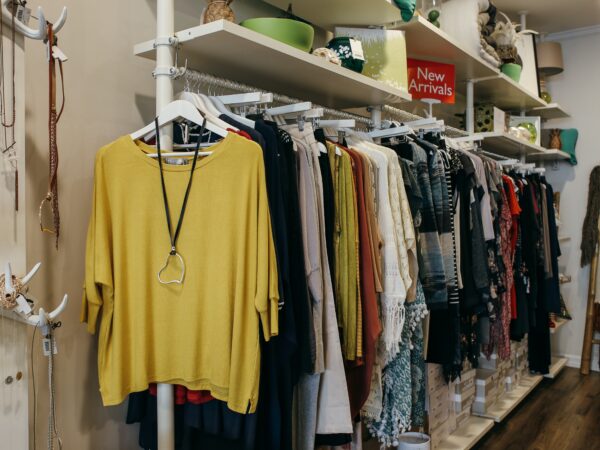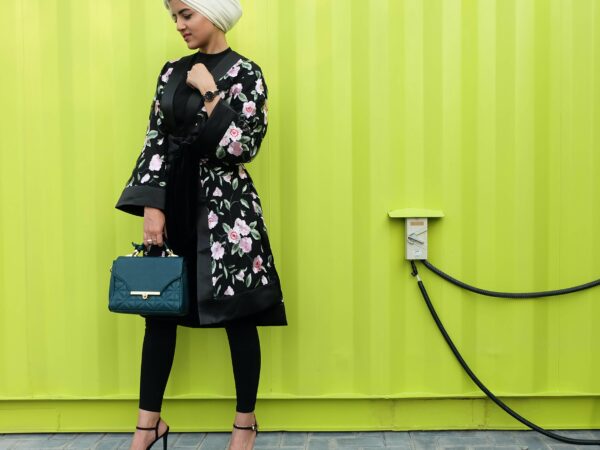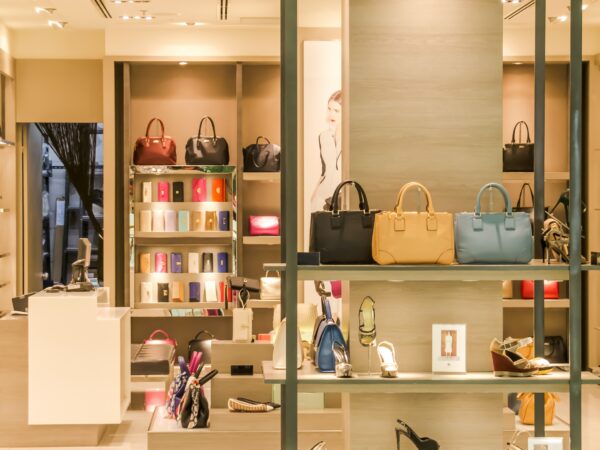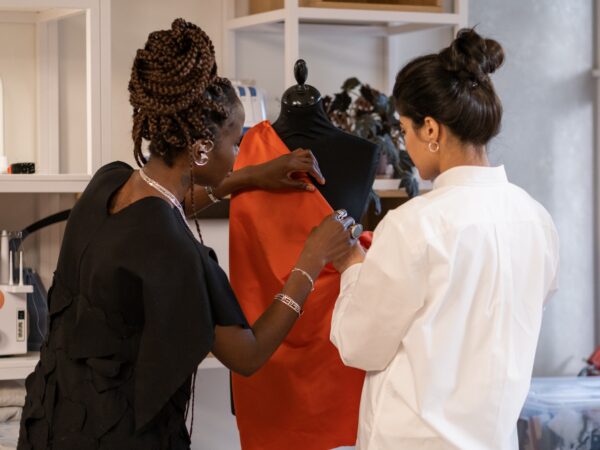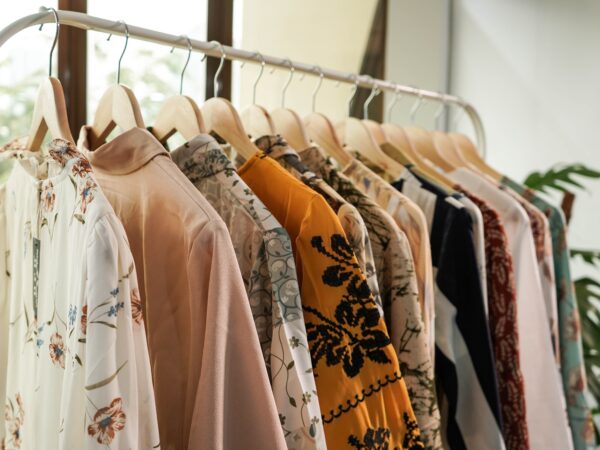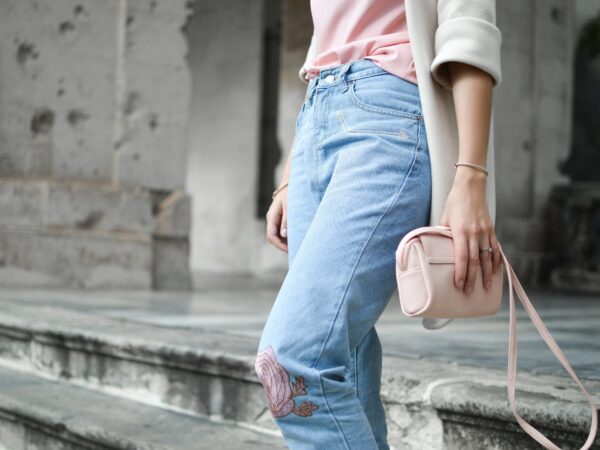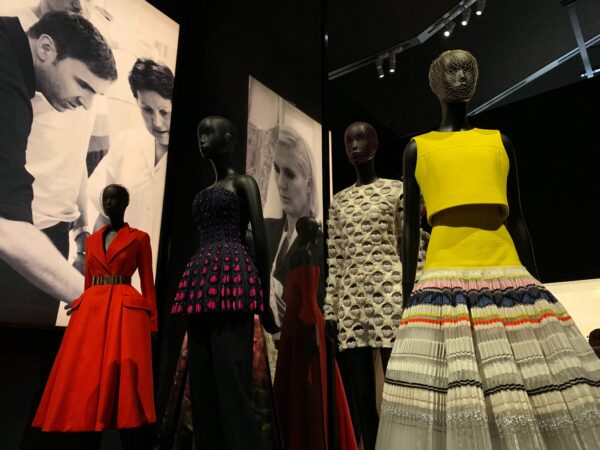Color is a powerful tool that has been used to communicate messages and evoke emotions for centuries. From art and design to branding and marketing, color psychology has played a significant role in influencing human behavior and perception. In fashion and dressing, color psychology is equally important as it can impact how we perceive ourselves and how others perceive us.
In this article, we’ll explore the importance of color psychology in fashion and dressing, and how you can use it to your advantage.
What is Color Psychology?
Color psychology is the study of how colors affect human behavior and emotion. It examines how colors can influence perceptions, moods, and attitudes, and how they can impact decisions and actions. Color psychology is grounded in the idea that each color has a unique psychological effect on individuals, which is why various industries, including fashion, utilize color to elicit the desired emotional response.
The Importance of Color Psychology in Fashion and Dressing
Fashion and dressing are personal expressions that allow individuals to showcase their personality, style, and taste. However, many factors come into play when choosing what to wear, including the occasion, personal preference, and of course the color. Color plays a significant role in fashion and dressing, and understanding its impact can help make informed choices that enhance your appearance and positively influence your emotions.
1. Color can Affect your Mood and Emotions
Wearing certain colors can alter your mood and emotions, making you feel confident, happy, or relaxed. For instance, colors such as blue, green, and purple are often associated with calmness and relaxation, while warm shades such as red, orange, and yellow stimulate energy and excitement. When choosing what to wear, consider what mood or emotion you want to evoke and choose colors that match that.
2. Color can Impact How others Perceive You
Color can play a significant role in how others perceive you. Based on your color choices, individuals can form judgments about you, including your personality, confidence, and professionalism. This is why it’s important to consider the impact of color when dressing for an occasion, especially for job interviews, business meetings, or important events. For example, blue is often associated with trustworthiness and reliability, making it an excellent choice for professional settings.
3. Color can Influence Your Body Shape and Size
Color has the ability to create illusions and change our perception of shapes and sizes. Understanding this concept can help you accentuate your curves, and create a more proportional and streamlined figure. For instance, darker colors can create a slimming effect. While lighter colors can add volume and create the illusion of a bigger shape.
4. Color can be Used to Communicate a Message
Color can be used to communicate a message or intention, making it a powerful tool in fashion and dressing. Different colors can represent various messages, such as sophistication, playfulness, or power. Additionally, color combinations and patterns can be used to convey a specific vibe or personality, such as stripes or polka dots indicating a fun and flirty personality, or solids presenting sophistication and elegance.
How to Use Color Psychology in Fashion and Dressing
Now that we’ve explored the importance of color psychology in fashion and dressing, here are some tips on how to use it to your advantage:
1. Consider the occasion or setting
When picking out an outfit, consider the occasion, setting, and dress code. Certain colors and styles may be more appropriate for formal settings, while others may be suitable for casual settings. Additionally, think about the vibe or tone of the event, and choose colors that match or complement that.
2. Decide what mood or emotion you want to evoke
Think about what mood or emotion you want to convey, and choose colors that match that. For instance, if you want to create a calm and relaxed vibe, go for earthy tones or cool colors such as blue or green. If you want to create an energetic and playful vibe, choose warm colors such as yellow or orange.
3. Decide how you want to be perceived
Consider how you want to be perceived and choose colors that match or complement that. For example, if you want to be seen as professional and trustworthy, choose colors such as navy blue or black. If you want to come across as fun and playful, choose bold and bright colors.
4. Experiment with color combinations and patterns
Don’t be afraid to experiment with color combinations and patterns to create a unique and memorable look. Try pairing complementary colors such as blue and orange or green and pink, or mixing different patterns such as stripes and polka dots.
Conclusion
In conclusion, color psychology plays a significant role in fashion and dressing. Understanding how color can affect emotions and perceptions can help individuals make informed choices that enhance their appearance and positively influence their mood.
Remember to consider the occasion, decide what mood or emotion you want to evoke, consider how you want to be perceived, and experiment with color combinations and patterns to create a unique and memorable look. Ultimately, the key is to have fun and express yourself through your personal style and choice of color.



